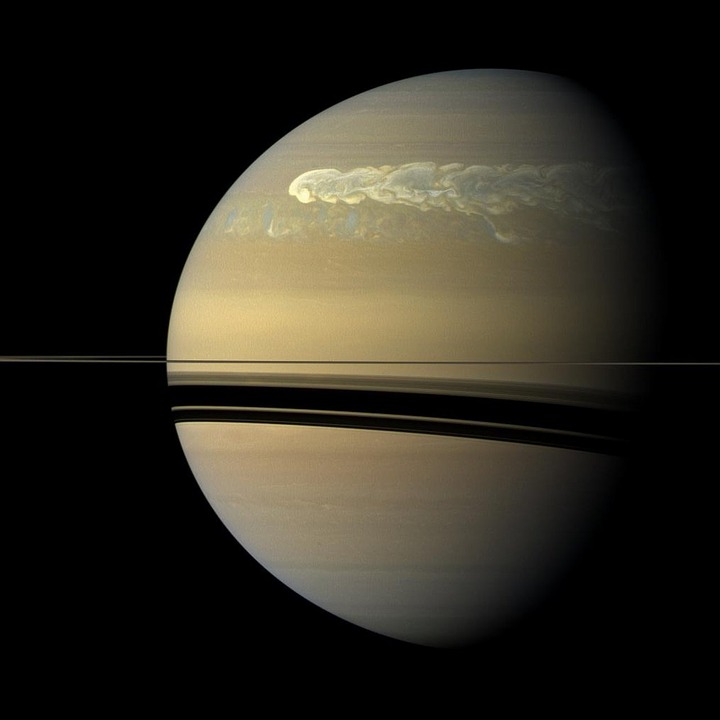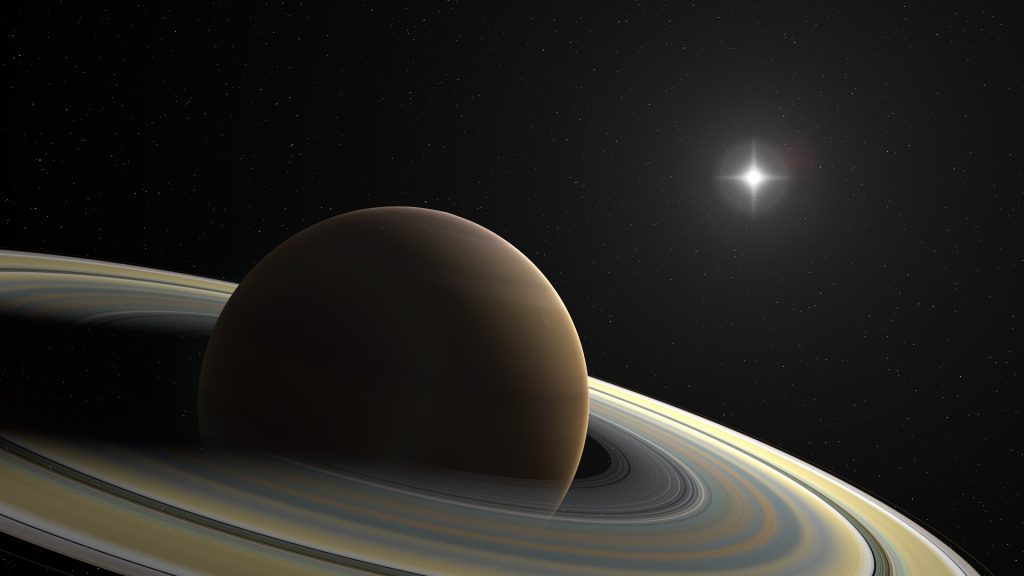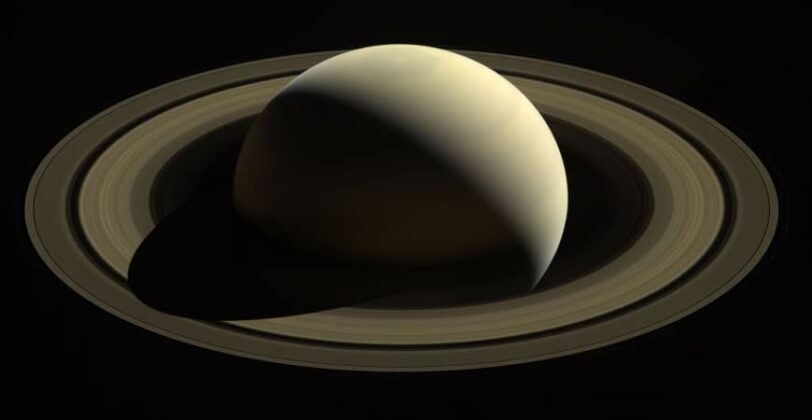For years, the length of Saturn’s day has remained an unsolved puzzle for frustrated astronomers. But now a student at the University of California, Santa Cruz, believes he has finally solved the mystery. Christopher Mankovich used the rings of the planet to determine that a day on Saturn lasts 10 hours, 33 minutes and 38 seconds.
As a gas giant, Saturn does not have a solid surface that researchers can trace to determine the planet’s rotation time. Because of this, it was difficult for them to know when a day would begin and end. For Jupiter, another gas giant in our solar system, scientists have figured out the length of the day using the planet’s radio emissions. But Saturn’s strange magnetic field means that the same measures used on Jupiter cannot be used.

Seismic rings
Mankovich’s estimate – 10:33:38 – is faster than previous 1981 estimates made by radio signals from NASA’s Voyager spacecraft, which suggest Saturn’s day will be 10:39:23. This discrepancy is likely because Saturn’s magnetic field is almost perfectly aligned with its axis of rotation – unlike Jupiter.
“Our approach was new in that we applied seismology — literally, the study of the way things shake — to get at the length of a Saturn day,” Mankovich said in an email.
Using data from NASA’s Cassini spacecraft, Mankovich found that the wave patterns in Saturn’s rings were the result of ring-shaped particles that felt like “additional tugs” from the planet’s gravitational field. “These additional tugs in Saturn’s gravitational field come from the planet itself oscillating,” Mankovich said. “Just as the properties of earthquakes teach us about the internal structure of the Earth, the exact frequencies of the ring waves caused by Saturn’s oscillations allow us to deal with Saturn’s internal work, including its rotation.”
By tracking Saturn’s seismic activity through wave patterns in its rings, Mankovich was able to determine that Saturn’s interior vibrated at frequencies that cause variations in the planet’s gravitational field. Then the particles in the rings of the planet pick up on those variations. These discoveries allowed Mankovich to develop models of Saturn’s internal structure that match the waves of the rings. With these models, he was able to track the movement of Saturn’s interior and, therefore, the speed of rotation and length of the day.

And the results came as a surprise even to Mankovich.
“For giant planets, the real burning questions that astronomers have are mostly about how these planets form, and to answer those questions we want to understand things like whether Jupiter and Saturn have discrete, dense cores versus more complicated, mixed-up interior structures,” Mankovich said. “So as we got into the interpretation of these ring waves, what I absolutely didn’t expect was that the majority of the ring waves that we were able to explain told us quite a lot about the rotation, and actually very little about these open questions regarding the deep structure inside Saturn.”
“Now we’ve shown that these waves are extremely valuable for zeroing in on the length of a Saturnian day, and so from that perspective, it’s advantageous that most of the waves aren’t terribly sensitive to these open questions regarding the deep interior, which would have muddied their interpretation,” he added.
Are You Saturn Fan? Check Out This Amazing Night Light Table Lamp 16 Colors, Touch W/USB Cable
No products found.



Very informative.
Thanks for the comment Louis Purkiss! Appreciate that 🙂